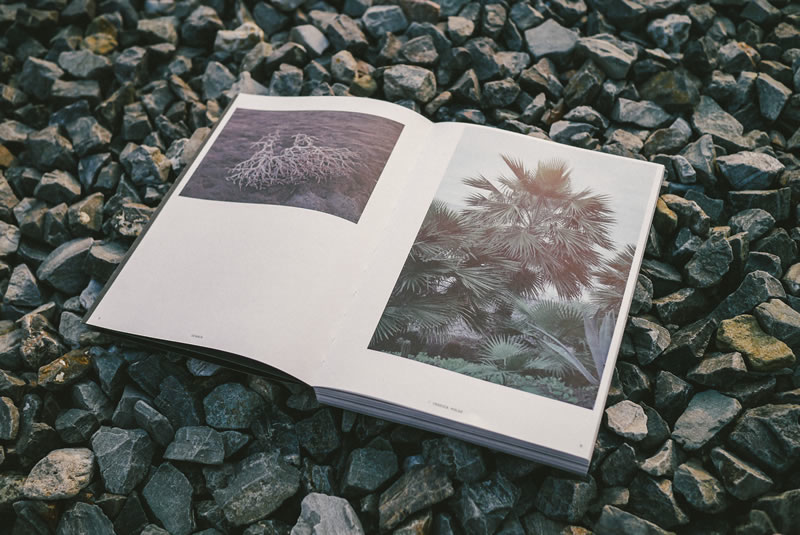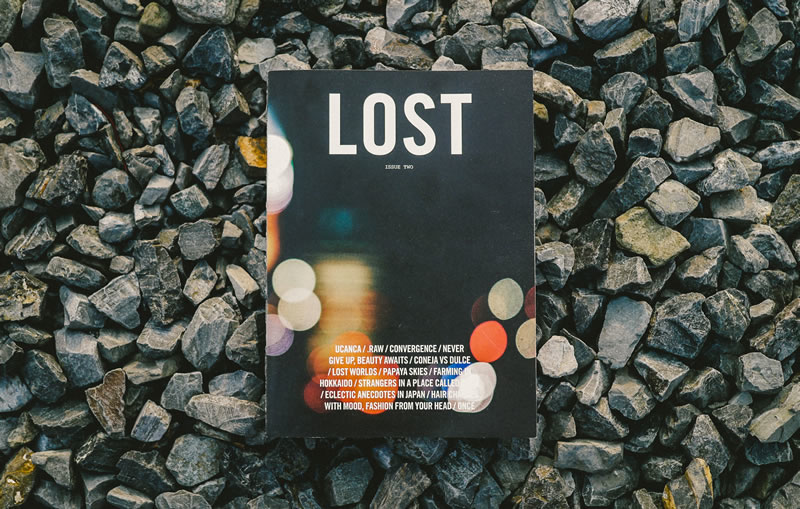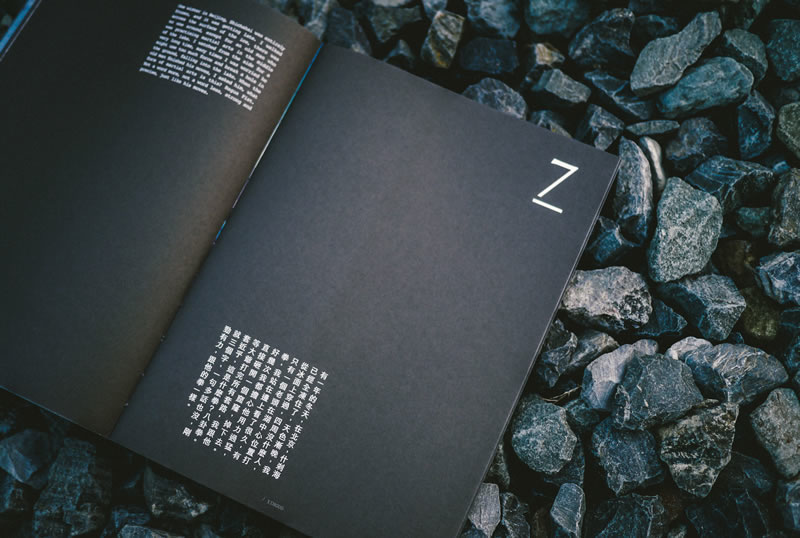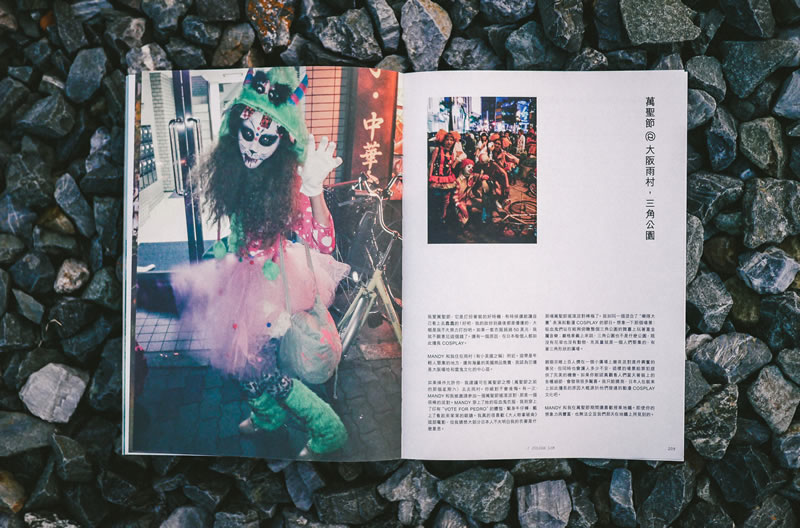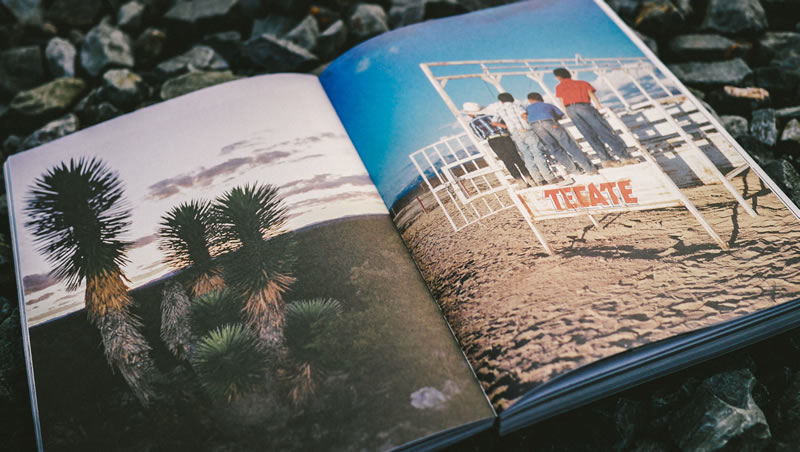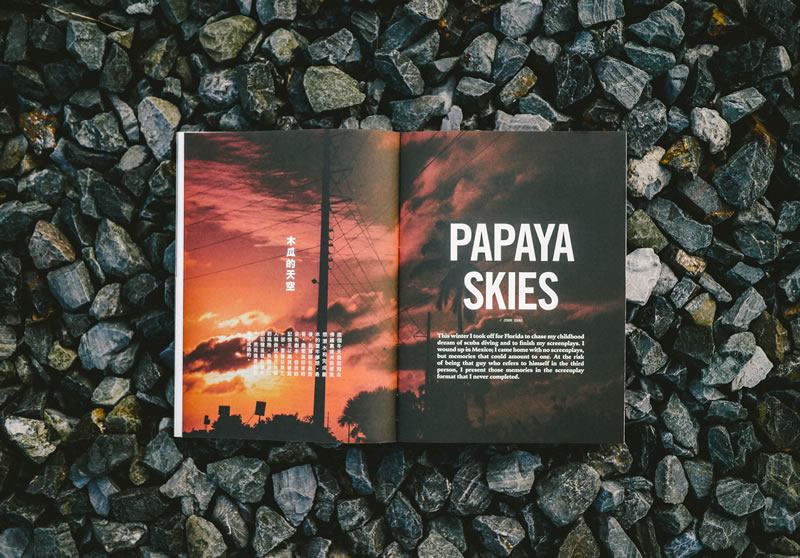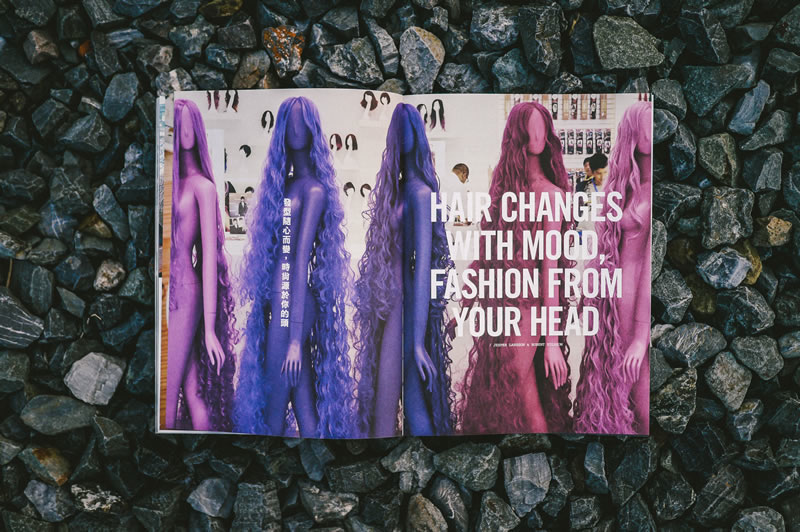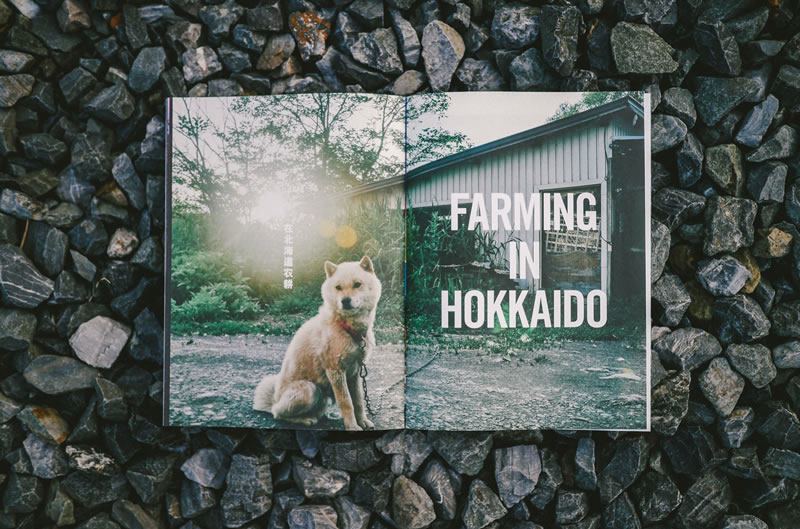Traveling opens you to the world by taking you out of your comfort zone and making you understand different cultures. Chinese people are traveling more than ever, coming back home amazed by the experience. As the industry for traveling has exploded with an exotic shopping tourist destination, for some people, traveling is not about fancy hotels or buying a Louis Vuton leather bag. Lost, a magazine from China, wants to takes you to self-discovery through travel and find your inner peace and strength. Interview with the editor-in-chief, Nelson Ng.
Can you tell us about you and your magazine?
I started the magazine because I had recently fallen in love with travel and felt there wasn’t really a place for people to share their own personal travel stories, like how people used to do with physical photo albums, except on Facebook or Instagram of course. But in the printed world, I felt that most travel magazines were about introducing you cool places to go to, instead of going deeper to talk about what travel does for the human soul. So I thought, maybe it would be nice to just have a simple printed magazine where anyone can share their own personal travel stories. And that was what I did. it’s actually quite simple!
I called it LOST after a trip where I took a ship from China to Japan all alone and realized that travel could be an entirely different experience. I realized that travel wasn’t really about sightseeing at all, but about what goes on in your mind when you’re traveling. It was actually quite an uncomfortable trip, because I didn’t know the place and didn’t know the language. But after I came back from the trip I felt that I had learned and grown so much, and I realized this is the true value of travel, and it was a great feeling.
The journey of making this magazine was a tough one, because I actually had no experience in making one, and had to learn everything from scratch. I got a lot of help from friends, some who thought I was crazy, but this magazine would never have happened without their help.
And editorial wise?
LOST is a magazine about self-discovery through travel.
It is a magazine that features real stories, personal reflections and epiphanies from people around the world. It believes that travel isn’t about fancy hotels or tourist destinations, but about immersing oneself in someplace entirely foreign to feel extremely uncomfortable so that one can learn from it. It believes that travel is a state of mind.
I think the most special part about LOST is that it’s very real and personal. It isn’t like most travel magazines that tell you about the beautiful beaches or amazing cuisine of exotic places. It’s none of that. What LOST offers is personal stories and reflections from travel. Two people could go to the same place but have entirely different points of view. And that’s what makes travel interesting.
Print: Why choose print? What kind of paper and typography you use and why?
I’ve always had a love for print since I was in school in New York. I think it’s much more intimate to be able to touch and feel something in your hand, or even smell the ink. I also like the pacing of print; in digital, sometimes you can scroll endlessly and that’s very hard for a person to give so much attention at one shot. In print, there are pages and you can give readers room to breathe and pause before flipping the page for new content. I feel it’s more a more natural way to read, kind of like breathing.
I use a type of 70g recycled paper from China (which doesn’t have an English name) and I chose this because I like the roughness and off-white colour it has. I’m not a big fan of white glossy paper just because it’s not nice to touch and feels very glaring and bright to the eyes. With off-white recycled paper, the colors of the photographs become muted and there is a sort of soothing naturalness to it. Just like how the Renaissance painters applied Burnt Umber to a lot of their paintings to give them natural earthy tones.
Being a billingual magazine, one of the biggest challenges was making it work with 2 languages without feeling too cluttered. How do you put two different letterforms in the same book and still make them visually cohesive? I ended up separating them quite a bit, so that there was room for each language to breathe and not intrude on the other. Also, with so much content, pacing was extremely important. I made sure there weren’t too many words on a spread at any one time so that it was a comfortable reading experience, breaking up the paragraphs with images every now and then. The pacing of words is important as there is a limit to the human attention span.
How’s the public response?
The public response has been great! In fact, it totally surprised me how many people responded to the magazine! Every now and then I get emails from readers who are inspired to travel again after reading the magazine, and it means a lot to me. People love the photography and how the stories are so intimate yet universal. When they ask me if the photos are from professional photographers, I always tell them these are actually just regular photos from ordinary people like you and me. A lot of people don’t realize that you don’t need to be technically proficient to take good photos. All you need is a curious and open heart.
Also, being bilingual, what’s great is that the magazine has received a lot of love from both the East and West. In China, young adults are only beginning to discover travel and many have responded to the magazine. Outside China, it offers readers a glimpse into the minds of Chinese travelers, since there aren’t many bilingual magazines around.
Good print mags get a lot of love, but this doesn’t always translate to sales or advertising. How are the sales? Advertising-wise,do you have the traditional approach of selling an ad page or more of a brand ad approach?
The sales for Issue One were better than expected. I printed 500 to begin with, and they sold out pretty fast, so I printed another 750, and they sold out again! Issue Two just launched this month and it’s already moving pretty fast.
Currently, the magazine does not have advertising in it. It will be something we’ll take into consideration in future issues.
Upcoming projects
We’ll be moving from a annual publication to having two issues a year in 2016. Many readers have asked for the issues to come out faster and so we are quickening the pace!
lostmagazine.org
facebook.com/lostmagazine.org
weibo.com/lostmagazine


